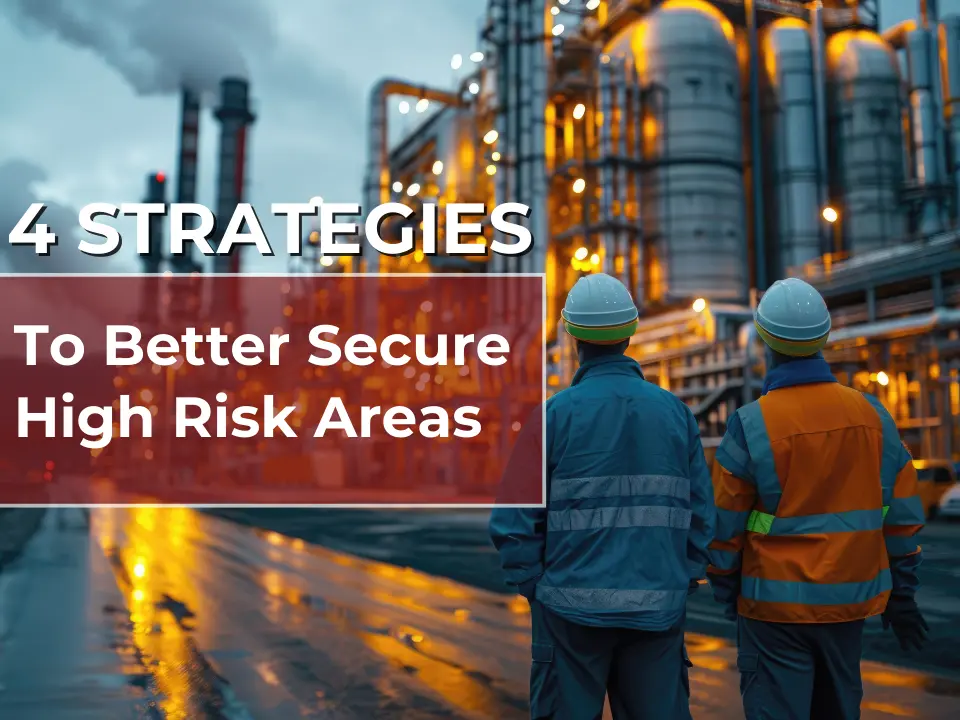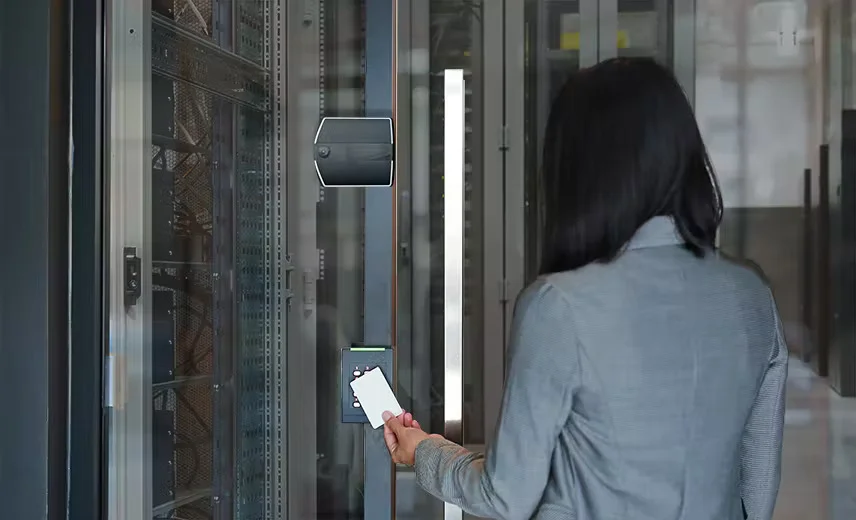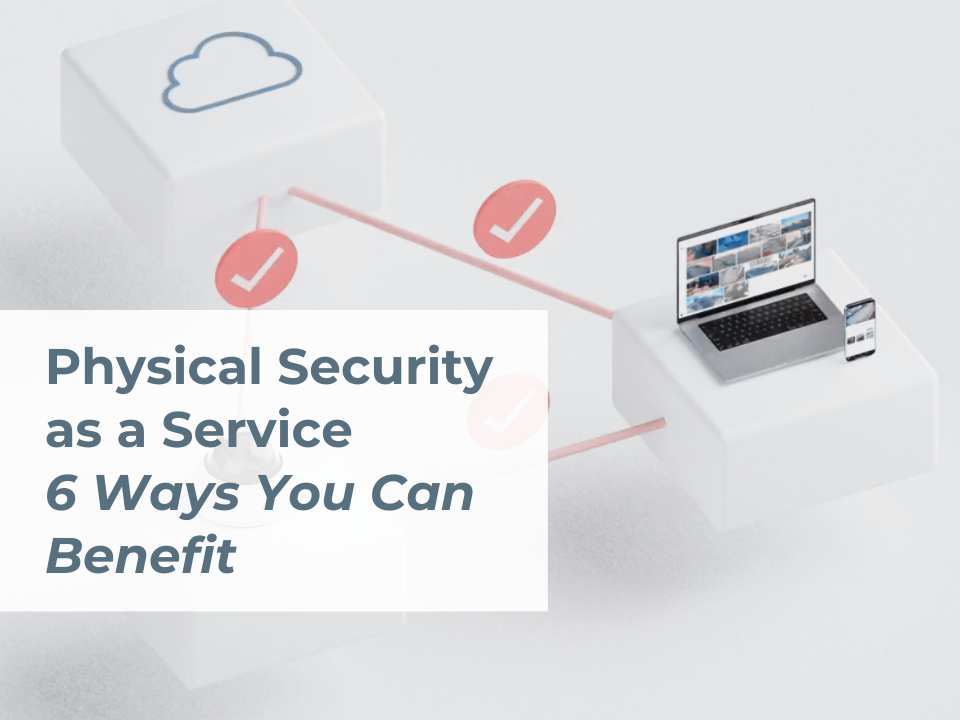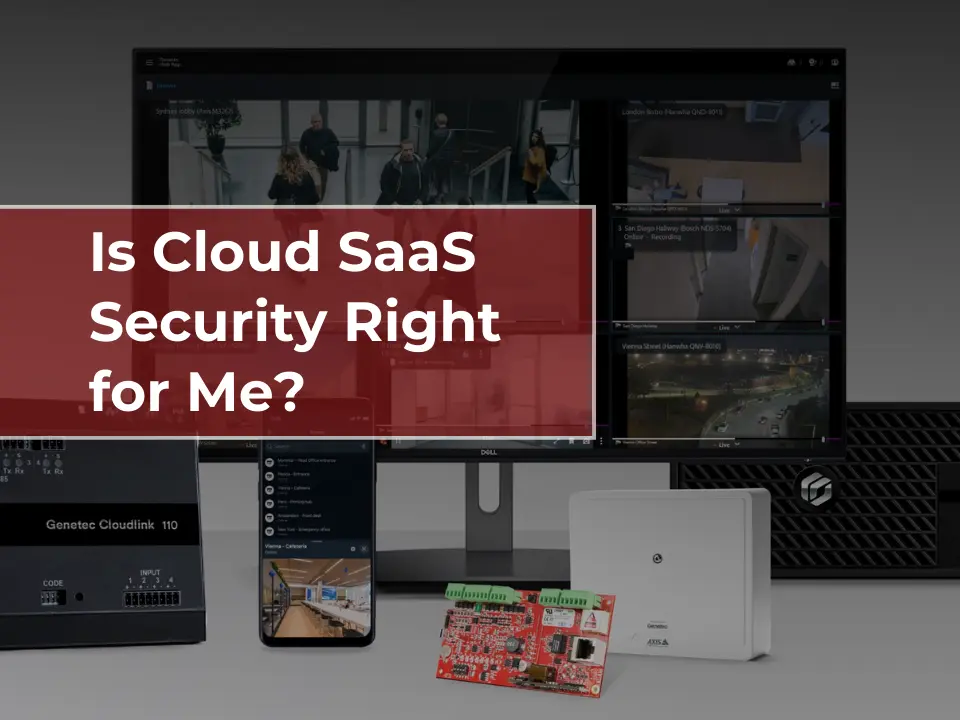Critical Security for Critical Infrastructure
Security is essential in high-risk industries such as the critical infrastructure sector, which encompasses the operation of power grids, water treatment facilities, transportation, and telecommunications. Concerns around security include compliance with regulations, employee safety, data protection, operational continuity, and enhancing public confidence in the reliability of these essential services. Given the strict requirements governing critical infrastructure, we aimed to identify one of the most critical aspects of their security plan and provide strategies to further enhance this vital component.
In our quest for information, we had the opportunity to speak with Prime Secured’s, Brian Jarosz. With 18 years of experience in the security industry and a specialization in assisting customers within the critical infrastructure sector, Jarosz’s passion for security is evident, making him the perfect person to discuss the significance of robust security measures within critical infrastructure.
Jarosz immediately emphasized the critical role of access control in mitigating risks, ensuring the security of facilities, and safety of the employees.
Understanding that access control is a significant factor in the industry’s security strategy, we compiled four ways based on the information gathered from Jarosz to elevate infrastructure protection through access control systems to the next level.
1. Implement Advanced Authentication Methods
Long gone are the days when simple ID badges were enough. Today, integrating advanced authentication methods like biometric authentication, smart cards, and multi-factor authentication (MFA) is crucial for strengthening access control. According to a report by Grand View Research, the global biometrics market size was valued at USD $34.7 billion in 2022 and is expected to expand at a compound annual growth rate (CAGR) of 20.4% from 2023 to 2030.
Jarosz points out that this metric shows the growing need for biometric technologies as key to enhancing security protocols. Biometrics, such as fingerprints, facial recognition, and iris scans, offer higher security that’s tough to fool. Smart cards add an additional layer when combined with PINs or biometrics, and MFA, requiring multiple verification factors, and significantly lowering the risk of unauthorized access.
If you are seeking additional resources to get started with biometrics, we recommend reading: Facial Biometrics: The Next Layer in Your Security Strategy
2. Continuous Monitoring and Anomaly Detection
Constant surveillance of physical spaces and access points is crucial for detecting potential security threats early on. Systems equipped with anomaly detection, enhanced with machine learning algorithms, streamline the process of monitoring and alerting security teams to unusual activities or unauthorized access attempts.
With emphasis on continuous monitoring being a core strategy, this solution offers an advantage, with the systems identifying deviations from typical operational patterns, such as unauthorized entry or suspicious behavior in secured areas. This allows for quick actions to mitigate security incidents before they get worse.
3. Incorporate Access Control Policies and Training
“Access control is only as good as the policies and procedures that are put in place and how well the system is maintained. It’s critical to continuously train employees and provide regular inspections to ensure the policies and procedures are being followed and the system is functioning properly at all times,” Jarosz stated.
Jarosz continues by expressing that it’s usually the training piece that’s left out of the plan. Remember, effective access control doesn’t stop at the technology; it also requires well-defined policies and training. Establishing and regularly updating access control policies clarifies roles, responsibilities, and procedures for accessing sensitive areas and data.
The National Institute of Standards and Technology (NIST) recommends regular policy reviews and updates to adapt to changing threats. Your employees should all be trained so they understand security protocols and their role in upholding them. Scenario-based drills and simulations can also prepare staff for potential security incidents, creating a culture of security awareness.
4. Adopt Regular Audits and Updates
Let’s face it, new threats are evolving every day, and so must your access control measures. Regular audits are crucial for identifying vulnerabilities and gauging the current security measures’ effectiveness. Following these audits with prompt updates and enhancements helps to address any identified weaknesses. Jarosz emphasizes the importance of staying informed about the latest security trends and threats, allowing organizations to proactively anticipate and mitigate potential risks.
Looking for the perfect partner to upgrade your access control and improve critical infrastructure security?
As we’ve explored in this blog, access control isn’t just a matter of convenience—it’s a matter of protecting some of the most important foundations of our society. From electricity to water treatment, transportation to telecommunications, the security of critical infrastructure is, well, critical! If you’re looking to leverage advanced technologies and advance your facilities system, Prime Secured is ready to help. By working together, we can build a future where critical systems remain secure and ready to face whatever challenges lie ahead.
Contact Prime Secured to assess your current security plan, and one of our caring team members, like Brian Jarosz, will be ready to help you achieve your goals.






